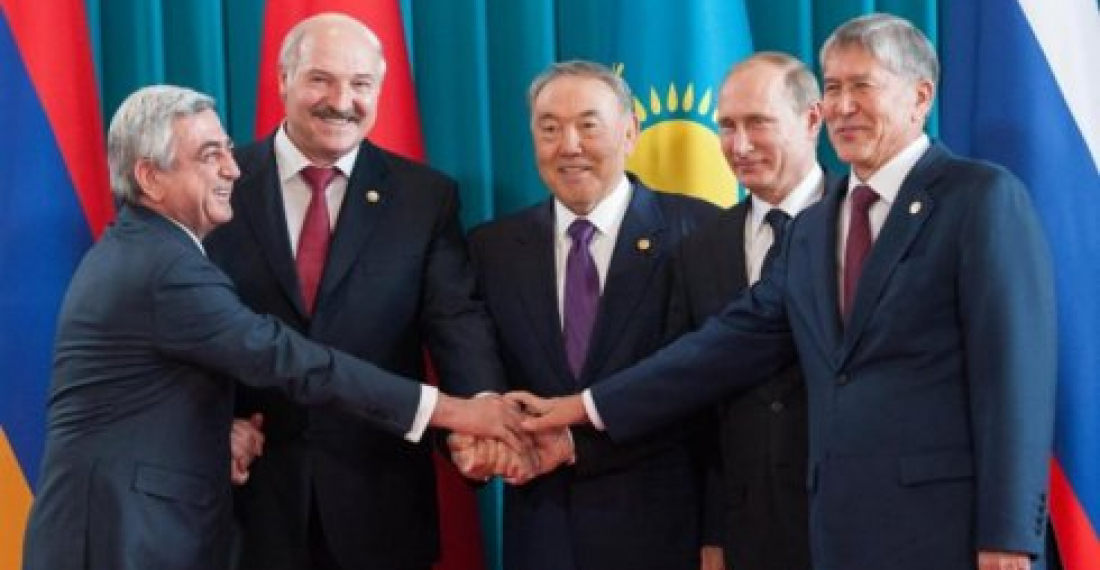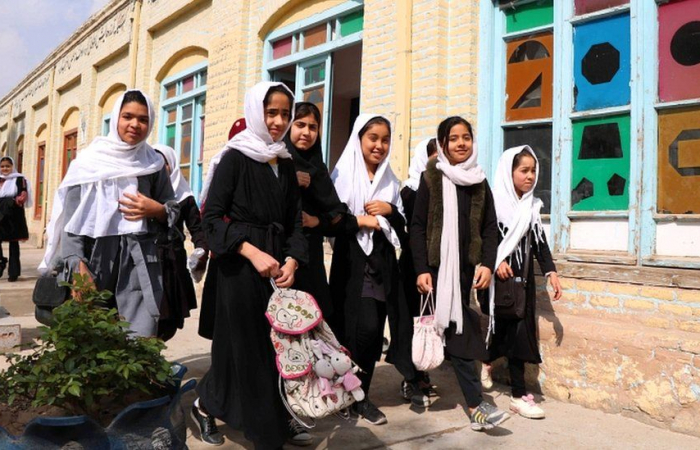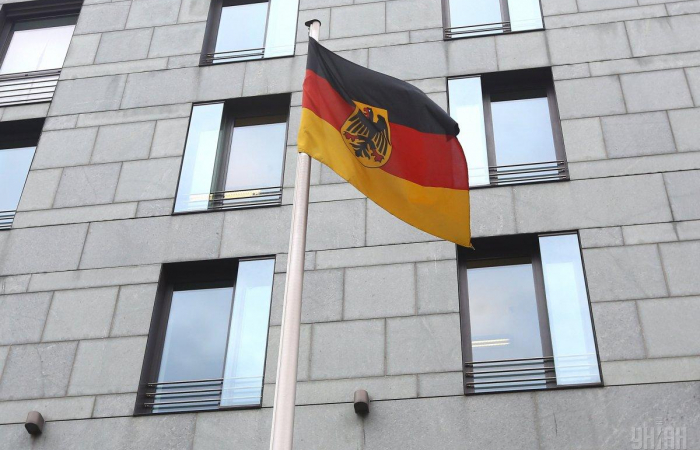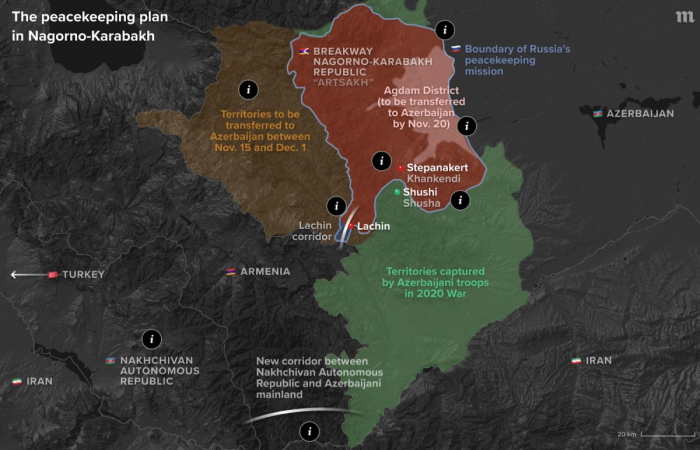"The EAEU had one major goal when it was launched: to strengthen Moscow's position across the former Soviet space, yet its success so far has been modest, and beyond the five members, others are unlikely to join in the near future", argues Emil Avdaliani in this op-ed.
When the Eurasian Economic Union (EAEU) was launched in early 2015 it had one major goal: to strengthen Moscow's position across the former Soviet space. Russia has promised the Union's members economic benefits and military protection and the Kremlin has through various measures managed to bring Armenia, Belarus, Kazakhstan and Kyrgyzstan as members, thus solidifying the influence it already had over them ever since the break-up of the Soviet Union.
However, since then the EAEU has not gained the momentum Moscow desired and in comparison with other major unions across the Eurasian space.
The EAEU was formally established on 1 January 2015, but the idea is not new of itself. Since its inception as a veritable regional power in the 16th century Russia has always worked to attract and dominate its smaller neighbours which were hard pressed by other powers such as the Ottoman Turkey, Iran, Austria-Hungary and others. The Russian Empire under the Romanov dynasty, and its successor state under the Soviets, are good examples of those projects where Russia positioned itself as a Eurasian power. Though its integration projects varied in size and intensity, the fundamental principle underpinning Moscow's actions was that the country did not actually entirely belong to either Europe or Asia. What has remained an unchanged imperative was the creation of buffer states along almost all of its western and southern borders.
The creation of the Eurasian Economic Union reflects this Russian geopolitical imperative. The imperative through which any western economic or military encroachment on the former Soviet space would be, if not forestalled, at least considerably constrained. Indeed, the creation of the EAEU, despite it being a primarily economic bloc, is also about further enabling Russia to project and solidify its influence over Belarus, Kazakhstan, Armenia and Kyrgyzstan. Beyond trade the countries also discuss security, military affairs and other vital spheres of cooperation. The overall idea, however, even if not openly stated, has been to place the Eurasian Economic Union on the one hand as a balancer to the European Union and its enlargement in east Europe, and on the other as an equal partner to China and its project dubbed One Belt One Road Initiative (OBOR) introduced in 2013.
The EAEU has some strategic advantages. Altogether the grouping has a population of almost 179 million people. The gross domestic product nears $1.9 trillion. This is much lower than the EU or China. Another advantage is the size and borders of the Union which almost correspond to former Soviet Union's borders. This enables Russia to project its influence over large swathes of lands and like NATO in the west, potentially use its Collective Security Treaty Organization as a shield against various security challenges emanating from the Central Asian region or in the South Caucasus.
Another advantage is the Union's geographic scope. A glimpse at the Eurasian map shows that the EAEU is well positioned between two economic powerhouses - Europe and East Asia and several of the key economic corridors China envisages to connect to the European markets go via Kazakhstan and south of Russia.
Despite initial success in managing to draw Armenia and Kyrgyzstan into the Union in 2015, the expansion of the grouping has since stalled. There are several reasons for this. Shortly after Russia launched the Union in 2015 the country was hit by a recession because of low oil prices and sanctions imposed against the Kremlin's involvement in the Ukraine crisis and the annexation of Crimea. The Russian economy contracted by 3.7% in 2015. Ukraine was lost, as was its rich business market with large population pool. What is more problematic is that the economic crisis in Russia had a significant spillover effect over other members of the Union, thus further endangering the viability of the grouping. The reason is clear as Russia accounts for the vast majority of the economic and population clout of the EAEU - 143 million citizens and a $1.6 trillion GDP.
Another big hit to the prestige of the EAEU happened in 2015 when several former Soviet states such as Ukraine, Moldova and Georgia, instead of even considering joining the Eurasian Union, signed association agreements with the European Union.
Beyond these pro-European countries, even those former Soviet states which sought a neutral position in the standoff between Russia and the West, hesitate to join the Eurasian Economic Union. The reason is simply that Russia's clout within the EAEU causes concerns among potential members. In the South Caucasus Azerbaijan aims at pursuing the policy it has been following since the end of the Soviet Union without committing itself to any of the major alliances. Membership in the Eurasian Economic Union will lead to levels of Russian influence unacceptable to Baku.
The same goes for Uzbekistan and Tajikistan. Occasionally media reports claim that Dushanbe and Tashkent talk about their potential involvement in the Union, but so farexpectations have fallen far short of real actions. The reason is the same - Russia's economic and military dominance within the EAEU is considered overbearing. Moreover, both Central Asian states look at Kyrgyzstan, whose economy did not fare well following the entrance in the Union.
For the near future, the Eurasian Economic Union will continue to successfully position itself as a bridge between Europe and China. However, the EAEU will also continue facing economic, as well as political challenges, as the grouping struggles to sign up new members, while existing member states will reel from Russian economic and military dominance. Moreover, beyond the five members, other former Soviet Union states are unlikely to join the EAEU in the near future.
source: Emil Avdaliani teaches history and international relations at Tbilisi State University and Ilia State University. He contributed this op-ed for commonspace.eu
photo: A meeting of the leaders of the Eurasian Economic Union in Bishkek in April 2017 (picture courtesy of the Kazinform news agency, Astana).






